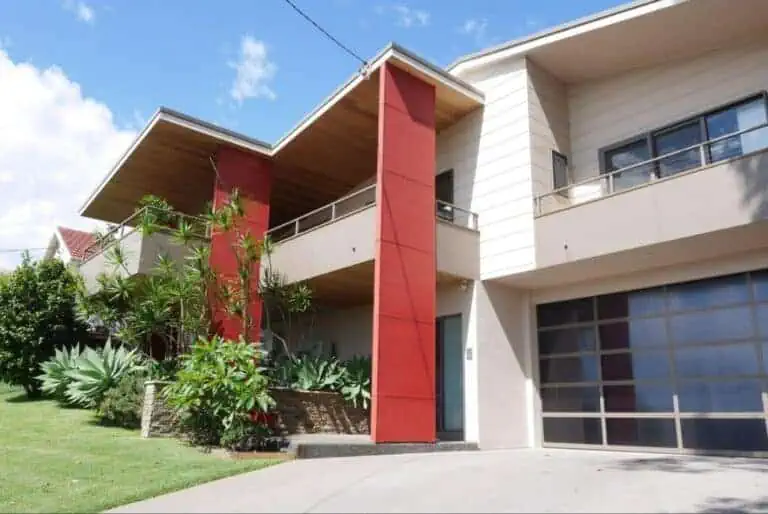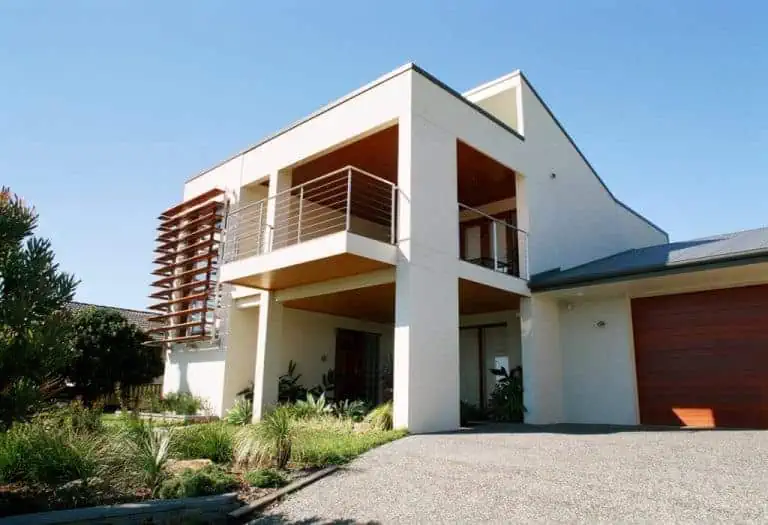
There are three main methods architects use to charge for their services. There are advantages and disadvantages for each of the three methods as summarised below. The most suitable method must be discussed with each individual Client based on the particular circumstances of their project. Mark Lawler Architects can provide project specific advice to assist each client.
- Percentage Fees
This arrangement is the most familiar and traditional method for architects to charge for their services. The fees are calculated as a percentage of the project construction cost (excluding GST). The percentage fee will vary depending on the size and type of the building. A percentage fee enables an agreement to be reached before the client’s brief has been finalised and before the design is resolved. The percentage fee allows for adjustment in the fees as the accommodation and the project cost change as the design evolves. The percentage fee is suitable for clients who are committed to proceed with their project and wish to engage the architect to get the building process started. The percentage fee is the most used fee arrangement, particularly for those clients looking for the architect to provide the full range of services from sketch design through to contract administration.
Want to know how long the architectural design process takes?
- Lump Sum Fees
A lump sum fee is simply a monetary amount negotiated between the architect and the client for the delivery of specified services. Normally the lump sum fee is a fixed amount based on a clearly defined fixed scope of work where the building to be constructed has already been well defined. The fixed fee has the advantage of providing both the client and the architect with certainty regarding the fees for the project. Normally this fee arrangement is for projects when the design has already been resolved or at least partially resolved by the client e.g., a school constructing additional classrooms in accordance with a site masterplan. Due to the fixed nature of a lump sum fee arrangement this type of fee basis is not suitable for projects where the design has not been resolved or where there are likely to be further changes requiring design development or consideration of a number of options.
- Time Charge Basis
Under this fee arrangement, the architect bills for the services provided using hourly rates in accordance with the time expended. This time-charge fee arrangement is similar to that used by solicitors, accountants and other professional service providers. This fee arrangement is generally used for smaller projects where it’s difficult to estimate the time needed or where there may be numerous changes required. After an initial client meeting, normally a budget estimate of the fees is provided before undertaking the work. One of the main advantages of this fee basis is that it allows for complete flexibility in terms of changes to the design, the scope of services, the accommodation to be provided etc. The client pays only for the time expended and the architect works in accordance with the client’s instructions which may change as further information comes to hand. This fee arrangement is also suitable for early concept design and feasibility studies where information needs to be gathered regarding planning controls, site information and testing of possible design solutions.
Quite often the contract administration phase of a project is completed on a time charge basis due to the variable nature of the time required during this stage of a project.
The most suitable fee arrangement depends on the client, the project type, the project budget and the scope of work or services the architect is to provide. Quite often the preferred fee arrangement depends largely on the arrangement the client most prefers. On some projects, a combination of all three fee arrangements may be used at different stages of a project in order to provide the most suitable fees as the project evolves.
Regardless of the fee arrangement used to engage an architect the fees are only a small percentage of the total project cost. Depending on the scale of the project and the services provided the architectural fees typically equate to 6% to 12% of the construction cost. This relatively small fee is more than offset by the quality of the completed building, the peace of mind an architect’s involvement can bring, and the improved commercial value of the development due to its architectural design.
For peace of mind when designing your home, get in touch with Mark Lawler Architects today. We can help you design the home of your dreams.
Image source: Pexels


